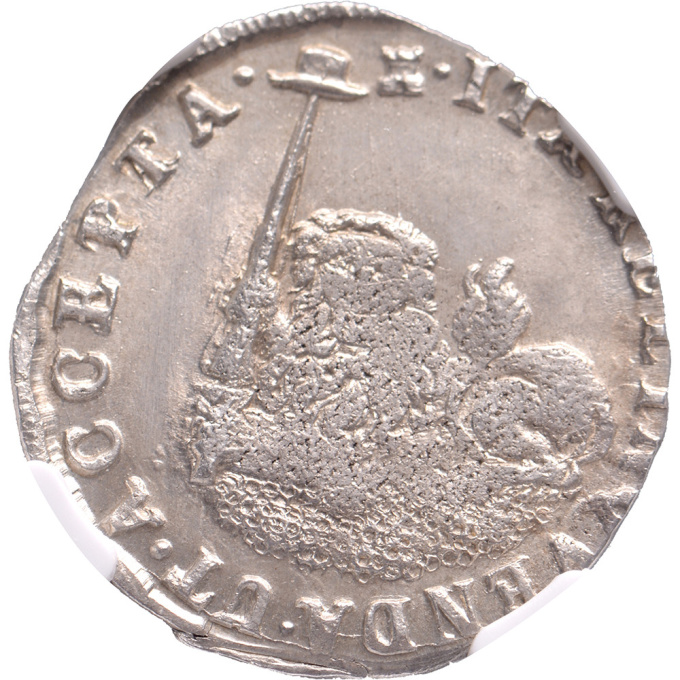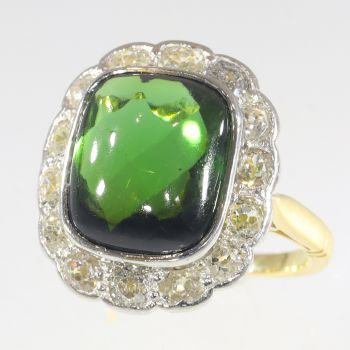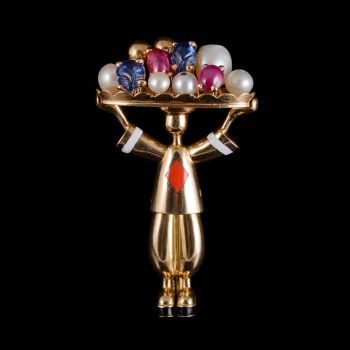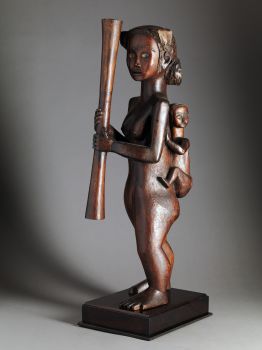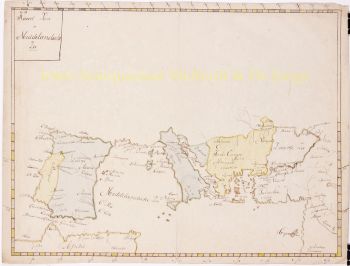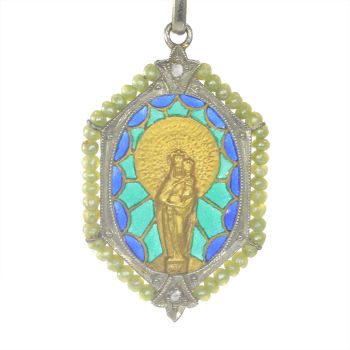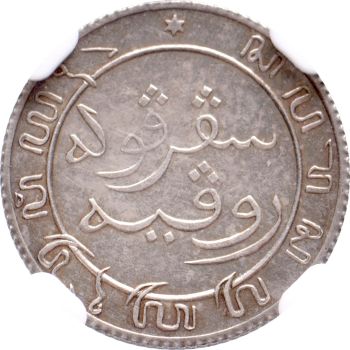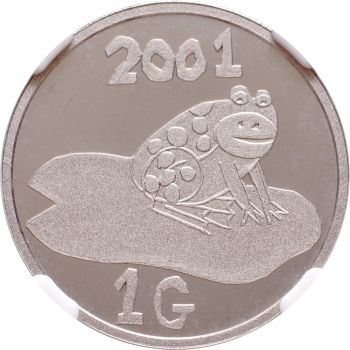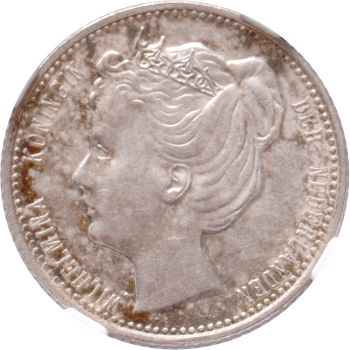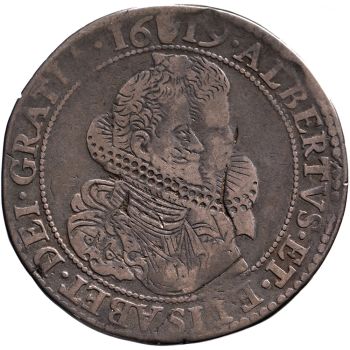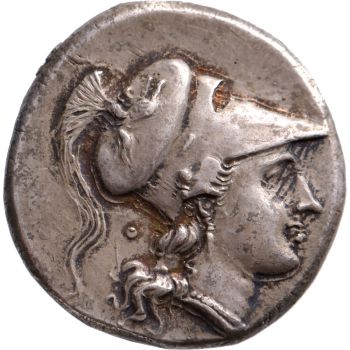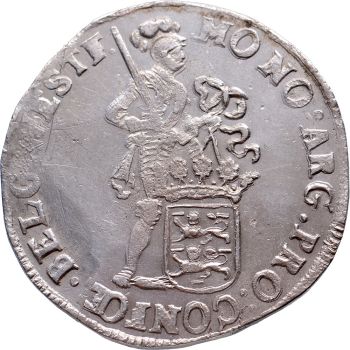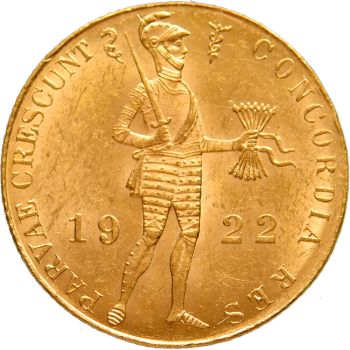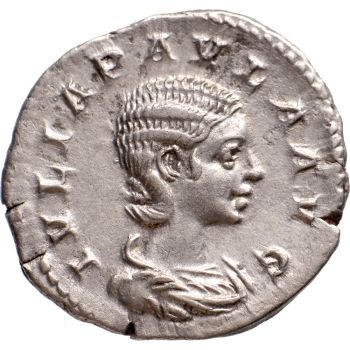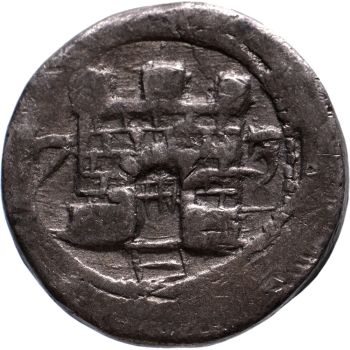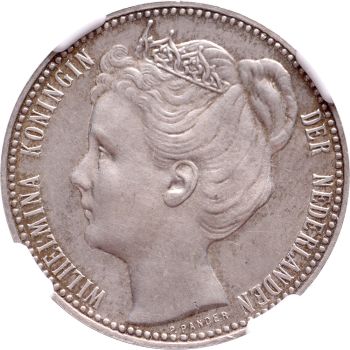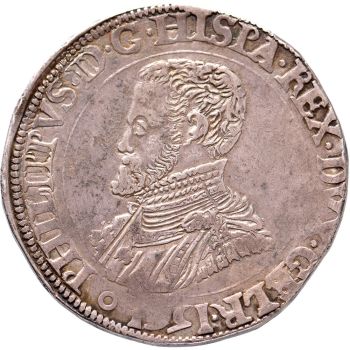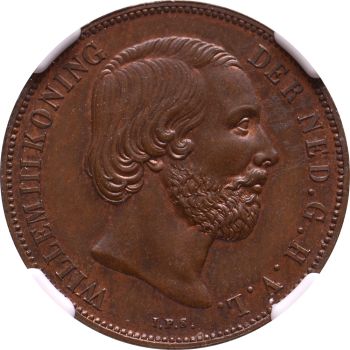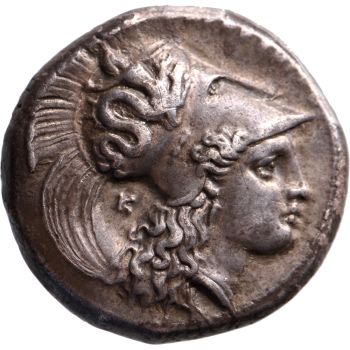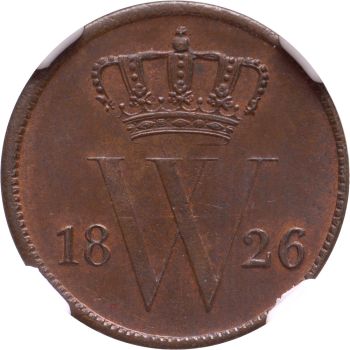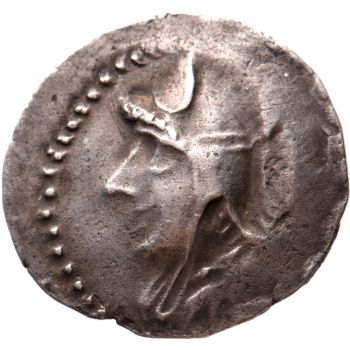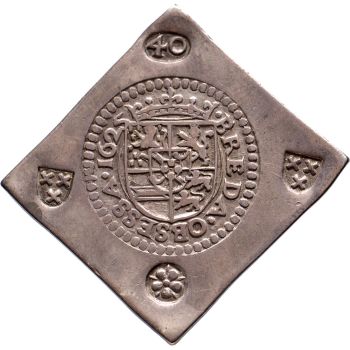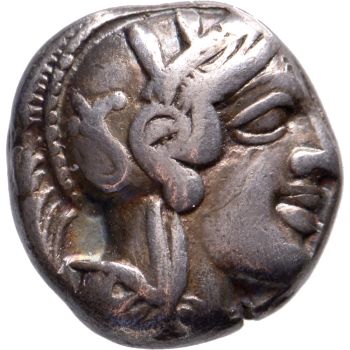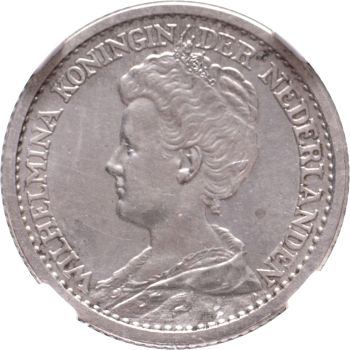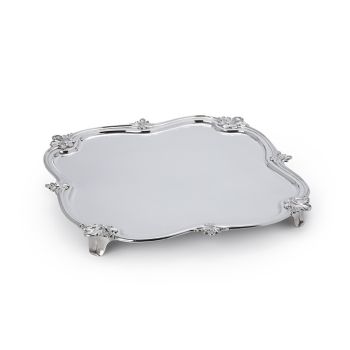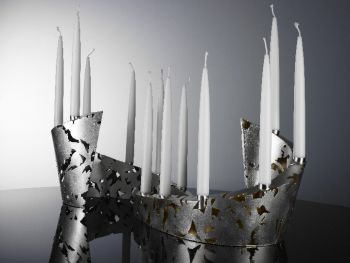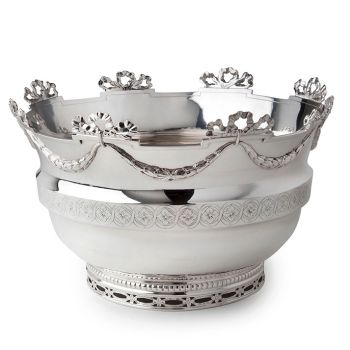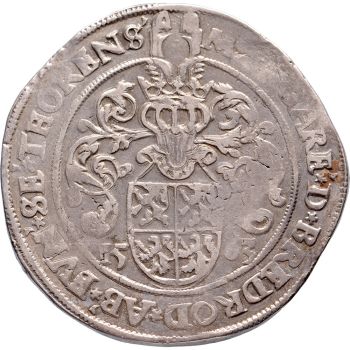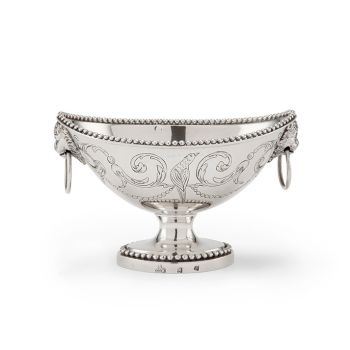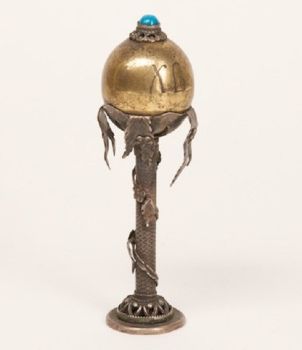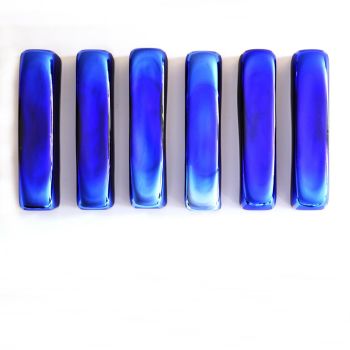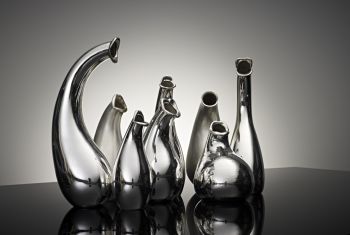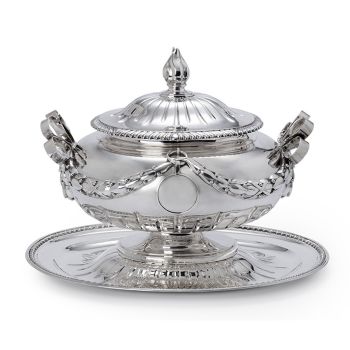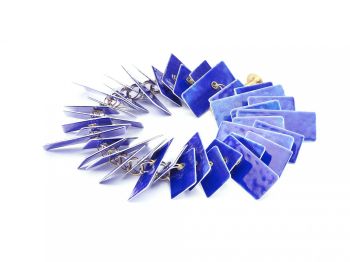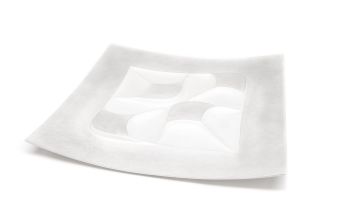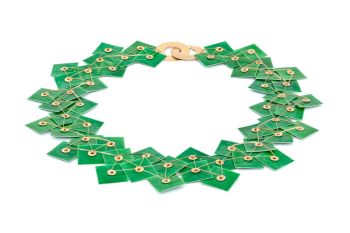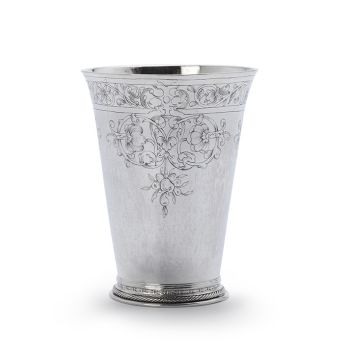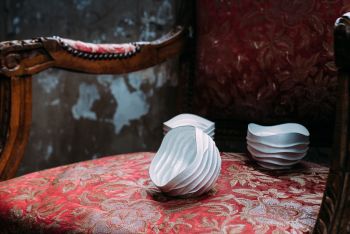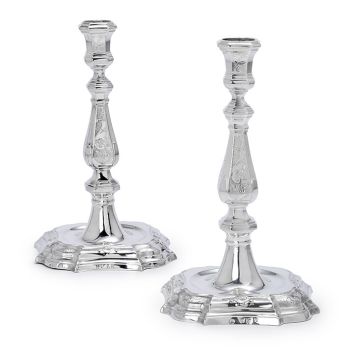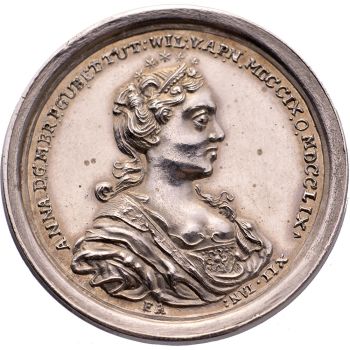Hoedjesschelling Zeeland – De Zuytdorp NGC MS 64 1711
Artista Desconocido
Plata
Actualmente no disponible a través de Gallerease
- Sobre la obra de arteObverse: ITA RELINQVENDA UT ACCEPTA, lion lying down with liberty hat on spear
Reverse: MO. NO. ARG. ORDIN. ZEELAND, crowned provincial arms between split date
Recovered from the wreck of the VOC ship ‘De Zuytdorp’
With full original colour
ONLY AND HIGHEST GRADE AT NGC
EXTREMELY RARE
With NGC Shipwreck certification
Zuytdorp (also Zuiddorp) was an 18th-century trading ship of the Dutch East India Company. On August 1 1711 the Zuytdorp was dispatched from the Netherlands to the trading port of Batavia. Many trading ships travelled a “fast route” using the strong Roaring Forties winds to carry them across the Indian Ocean to within sight of the west coast of Australia, from where they would turn north towards Batavia. The Zuytdorp never arrived at its destination and was never heard from again. No search was undertaken, presumably because the VOC did not know whether or where the ship wrecked or if it had been taken by pirates.
In the mid-20th century, Zuytdorp’s wreck site was identified on a remote part of the Western Australian coast between Kalbarri and Shark Bay, approximately 25 miles north of the Murchison River. This rugged section of coastline was subsequently named the Zuytdorp Cliffs.
Diameter: 24.4 mm
Grade: UNC
Reference: V. 93.3; CNM 2.49.85 - Sobre el artista
Puede suceder que un artista o creador sea desconocido.
Algunas obras no deben determinarse por quién está hecho o por (un grupo de) artesanos. Algunos ejemplos son estatuas de la Antigüedad, muebles, espejos o firmas que no son claras o legibles, pero también algunas obras no están firmadas en absoluto.
También puedes encontrar la siguiente descripción:
•"Atribuido a …." En su opinión, probablemente una obra del artista, al menos en parte.
•“Estudio de….” o “Taller de” En su opinión, una obra ejecutada en el estudio o taller del artista, posiblemente bajo su supervisión
•“Círculo de…” En su opinión, una obra del período del artista que muestra su influencia, estrechamente asociado con el artista pero no necesariamente su alumno.
•"Estilo de …." o “Seguidor de…”. En su opinión, una obra ejecutada al estilo del artista pero no necesariamente por un alumno; puede ser contemporáneo o casi contemporáneo
•"Manera de …." En su opinión una obra al estilo del artista pero de fecha posterior
•"Después …." En su opinión, una copia (de cualquier fecha) de una obra del artista
•“Firmado…”, “Fechado…” o “Inscrito” En su opinión, la obra ha sido firmada/fechada/inscrita por el artista. La adición de un signo de interrogación indica un elemento de duda.
•“Con firma…”, “Con fecha…”, “Con inscripción…” o “Lleva firma/fecha/inscripción” en su opinión la firma/fecha/inscripción ha sido añadida por alguien que no es el artista
Artwork details
Related artworks
- 1 - 4 / 12
- 1 - 4 / 24
Jan Cornelis van Hemert
Canasta de dulces de plata holandesa1799
Precio a consultarJacob J. Roosjen SRI
Artista Desconocido
Huevo de Pascua de Presentación Ruso de Plata1880 - 1899
Precio a consultarH.W.C. Dullaert Art & Antiques Dealer
Jarich Gerrits van der Lely
Vaso de precipitados de plata holandés1657
Precio a consultarJacob J. Roosjen SRI
1 - 4 / 24

